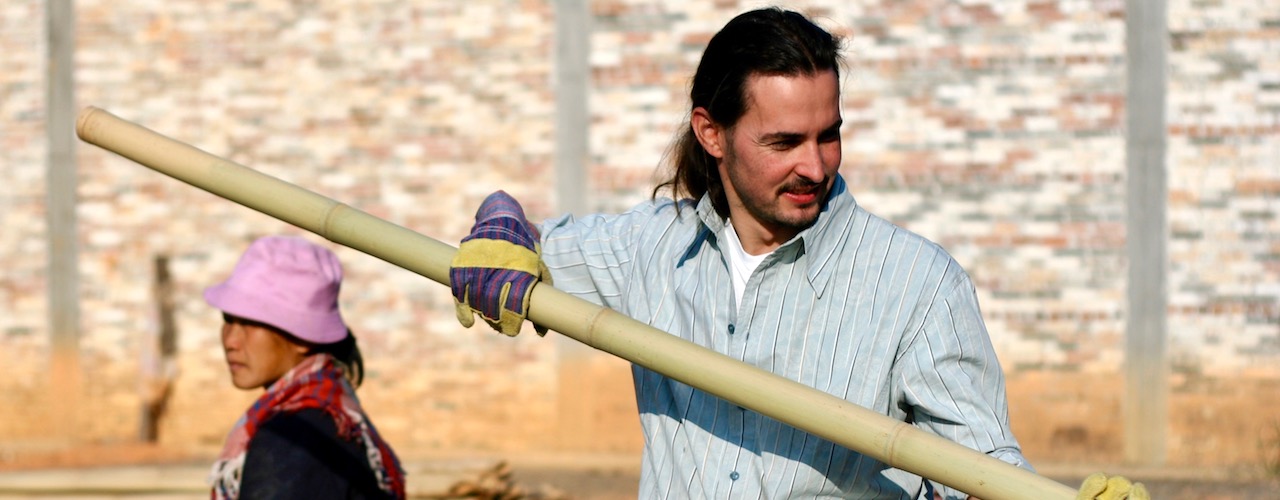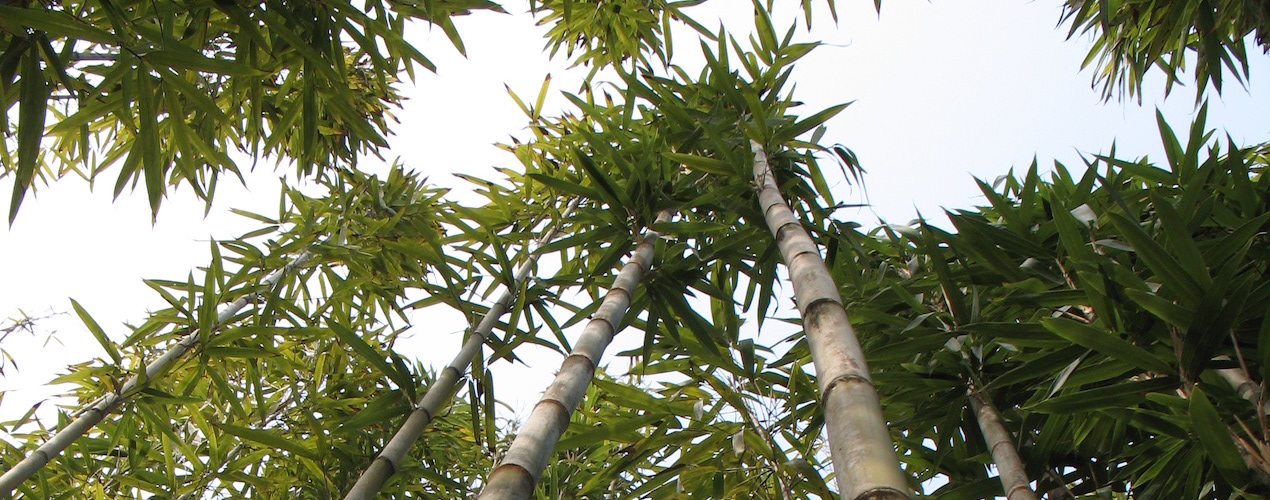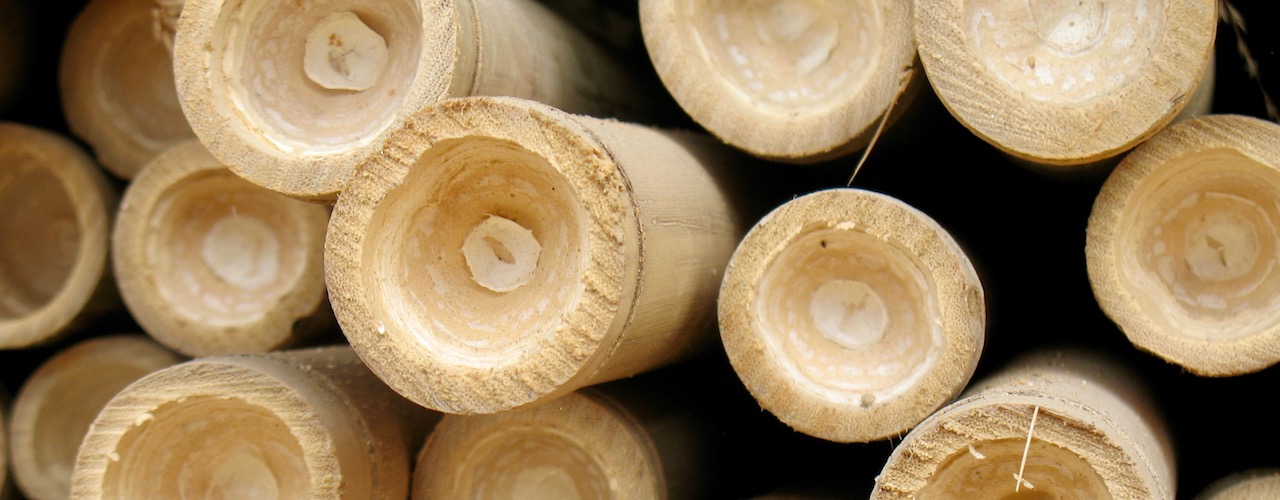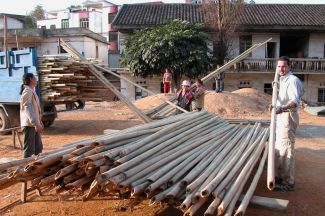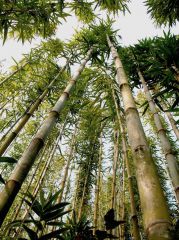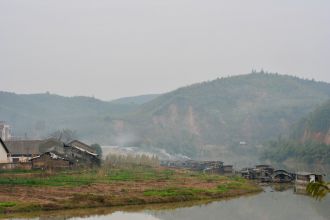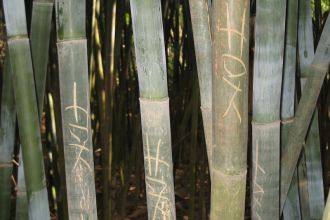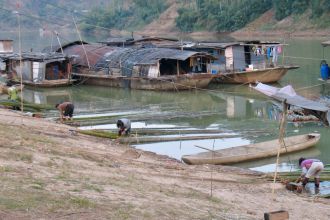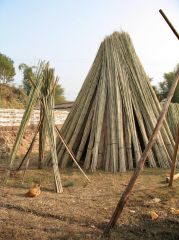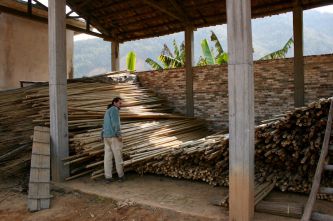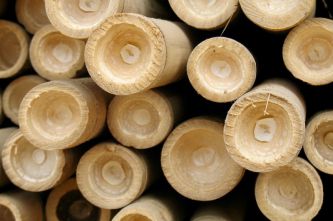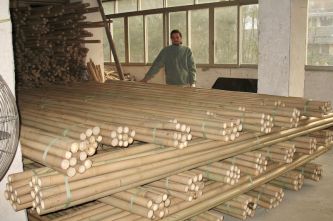Bamboo
|
For a top-quality product it is essential to find, select and process the best raw materials from the very beginning. Among the professional rod makers in Europe, I am the only one who, in 2009, personally travelled to the People's Republic of China to the centre of the Tonkin bamboo growing region. There I selected approximately 8,000 bamboo poles right on the spot and hand-picked the best poles for my split-cane rods. Through this work I gained comprehensive experience and developed a special understanding of bamboo. |
|
Botanically speaking, bamboo belongs to the grass family, and is not, as is often assumed, a tree. Altogether, Tonkin bamboo was only scientifically "discovered" around 1925 by the American botanist Dr. Floyd McClure. During a trip to China, he noted that this species had not yet been scientifically described and named. He gave her the name, "Arundinaria amabilis". |
|||||
|
The geographical conditions along the Sui River provide the perfect setting and the perfect climate for the growth of this species. The river is bordered by steep slopes on which the plant is grown by farmers. |
|||||
|
Often the culms are marked by symbos carved in the bark. This mark indicates the claims of possession by a farmer on this bamboo culm. Sometimes these characters also have a very "human" meaning, such as a declaration of love of a young man to his beloved. |
|||||
|
On the river banks, the bright green culms are then washed in the river sand and freed from dirt and lichen. |
|||||
|
Subsequently, the culms are erected and dried in the sun. They get the straw yellow colour which is so familiar and popular. |

